Global warming is the largest climate issue humanity faces today, and it is also a significant development challenge that requires urgent attention from the international community through a shared understanding.
On November 18, “Yangcheng Evening News” and other media outlets reported that a research team from the Massachusetts Institute of Technology published an article in the journal Science Advances, utilizing empirical data to demonstrate the crucial role of “silicate weathering” in the carbon cycle of Earth.
The research indicates that this geochemical change will alter the carbon dioxide levels in Earth’s atmosphere, subsequently regulating the temperature of our planet’s atmosphere.
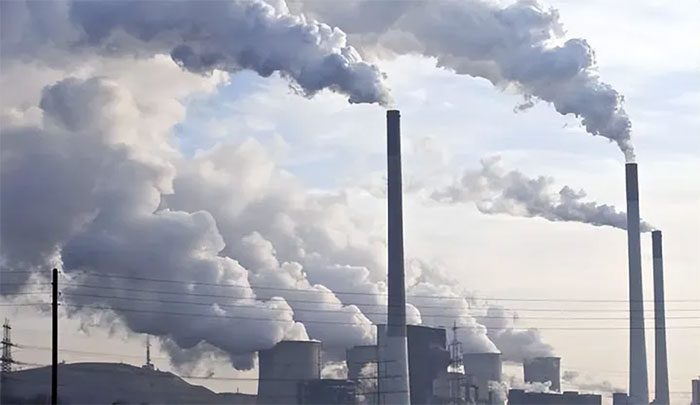
Human activities cause global warming.
We all know that the primary cause of current global warming is due to human industrial activities releasing excessive amounts of carbon dioxide and other greenhouse gases into the atmosphere. These gases can absorb and store solar energy, leading to an increase in Earth’s temperature.
The heating mechanism has long been established by scientists and practitioners, and the evidence of global warming in recent years is clear to everyone. For instance, this summer in the Northern Hemisphere, many regions experienced record high temperatures, leading to excessive carbon dioxide emissions that contributed to warming the Earth.
However, scientists’ research has also discovered that Earth does not “ignore” excessive carbon dioxide emissions; it has its own ways to reduce carbon emissions, and “silicate weathering” is one of the very important methods.
Why can Earth’s “silicate weathering” self-reduce carbon emissions? It is because the silicate weathering process consumes a large amount of carbon dioxide. For example, basalt, which is rich in pyroxene, reacts with carbon dioxide during its weathering process to produce magnesium carbonate, calcium carbonate, and silica; olivine reacts with carbon dioxide, producing magnesium carbonate and silicon dioxide. The study also indicates that 1 ton of peridotite can absorb 620 kg of carbon dioxide through complete hydrolysis.
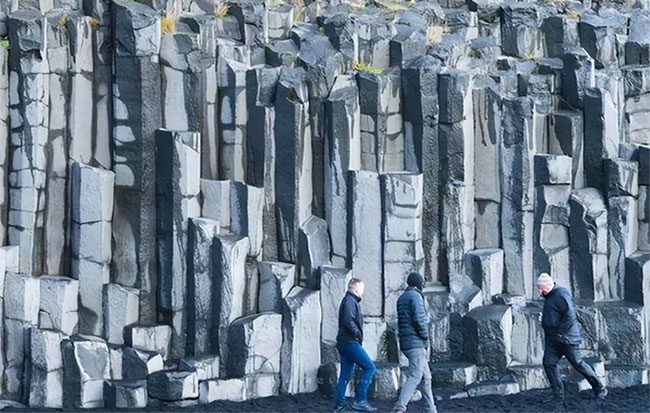
“Silicate weathering” of Earth can self-reduce carbon emissions. (Illustrative image).
These two chemical transformation processes will consume a significant amount of carbon dioxide. Basalt covers about 3% to 5% of Earth’s surface area and is the primary material for silicate weathering that absorbs carbon dioxide, accounting for about 30% to 35%. Although this process is relatively slow, it absorbs a considerable amount of carbon dioxide from the atmosphere each year.
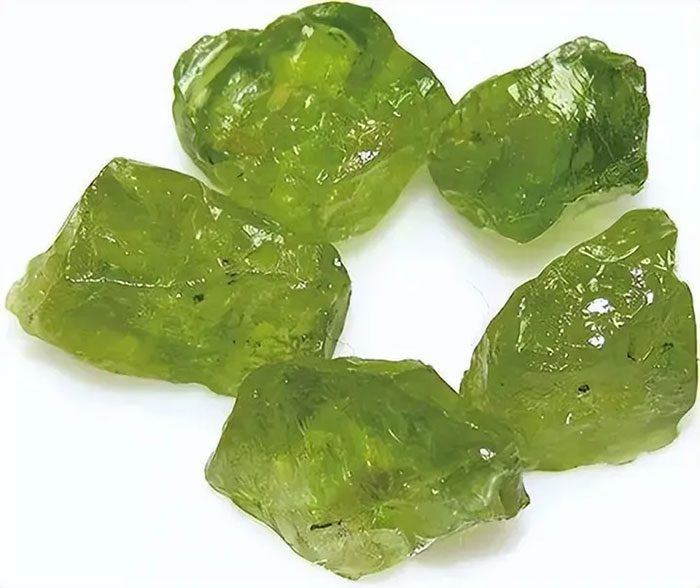
Silicate weathering will consume a large amount of carbon dioxide. (Illustrative image).
Typically, supervolcanic eruptions and large-scale wildfires on Earth significantly increase atmospheric carbon dioxide levels, and the rise in greenhouse gases leads to global warming. However, higher carbon dioxide concentrations and elevated temperatures will accelerate the weathering of raw rocks. This type of weathering will absorb a large amount of carbon dioxide, resulting in reduced atmospheric carbon dioxide levels and a cooler surface climate. At this point, the weathering effect will significantly decrease, leading to less absorbed carbon dioxide and relatively stable temperatures. Therefore, rocks like basalt and peridotite on Earth actually act as a “Earth air conditioner.”
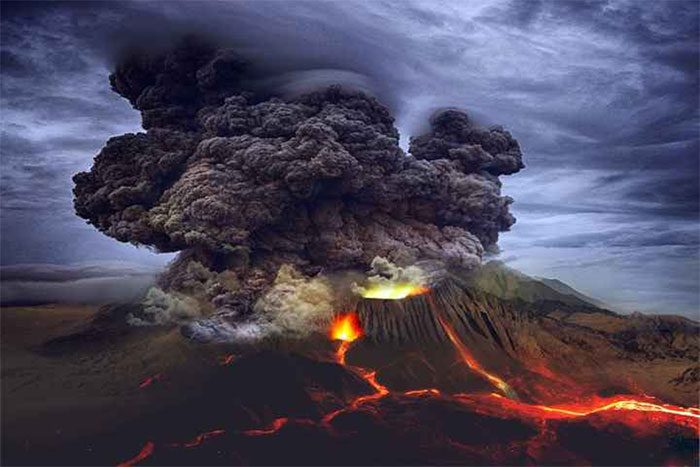
Supervolcanic eruptions lead to increased atmospheric carbon dioxide levels.
Life has existed on Earth for billions of years, since the “Cambrian explosion of life,” and for over 500 million years, the climate on Earth’s surface has mostly been very suitable for the development of life.
Although there have been at least five mass extinction events caused by changes in surface environments, interspersed with catastrophic events such as multiple supervolcanic eruptions and massive asteroids colliding with Earth, life on our planet has never gone completely extinct.
This also indicates that there have never been environmental conditions so harsh that all life could not survive on Earth. After some catastrophic events, the ecological environment and climate of Earth can quickly return to an ideal state for the survival of life. This demonstrates that Earth has a self-regulating mechanism for its environment and atmospheric temperature, with silicate weathering being a very important mechanism. Some even argue that Earth is a “living organism” based on this mechanism.
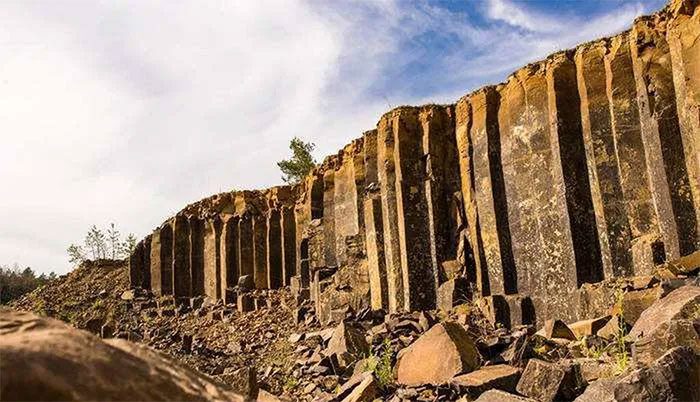
Earth has a self-regulating mechanism for its environment and atmospheric temperature. (Illustrative image).
Therefore, since Earth can adjust its temperature and the silicate weathering process can absorb carbon dioxide, does this mean that global warming is a flawed proposition? No! Researchers at the Massachusetts Institute of Technology believe that the carbon dioxide absorption process through silicate weathering is a “stabilizing feedback” mechanism of Earth itself. While it can absorb carbon dioxide to stabilize planetary temperatures, this process can take hundreds of thousands of years to achieve.
The greenhouse effect caused by human emissions of carbon dioxide exceeds the amount of carbon dioxide absorbed by silicate weathering on Earth in the same timeframe. Therefore, this process is insufficient to offset human carbon dioxide emissions, which is why carbon emission reductions still need to be implemented at this stage, and all countries around the world need to pay attention and take action.


















































